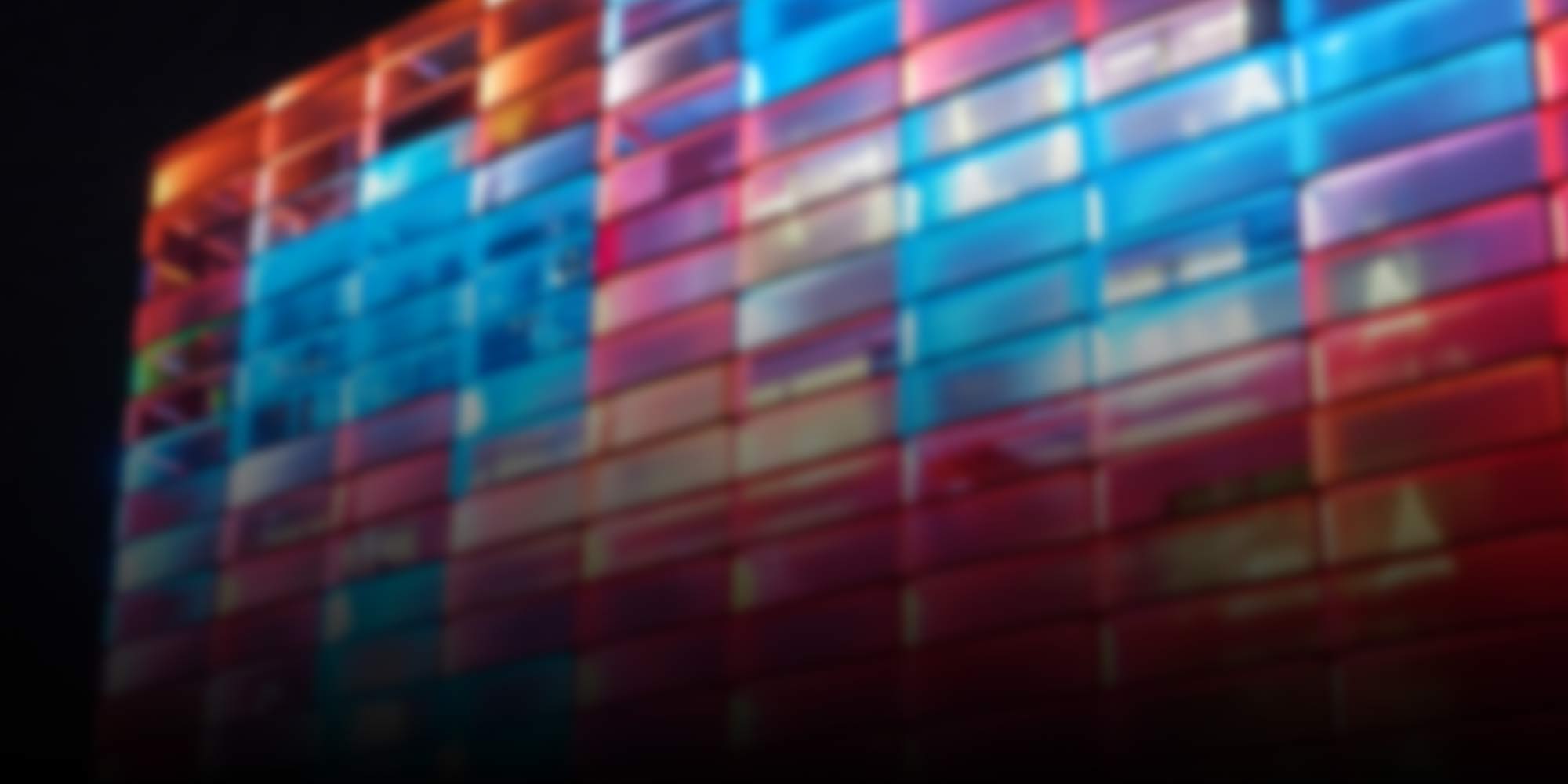
the next idea
-

Matsudo – A city of inspiration
Matsudo International Science Art Festival 2021: How a Japanese city and its creative community cultivate the future.
-
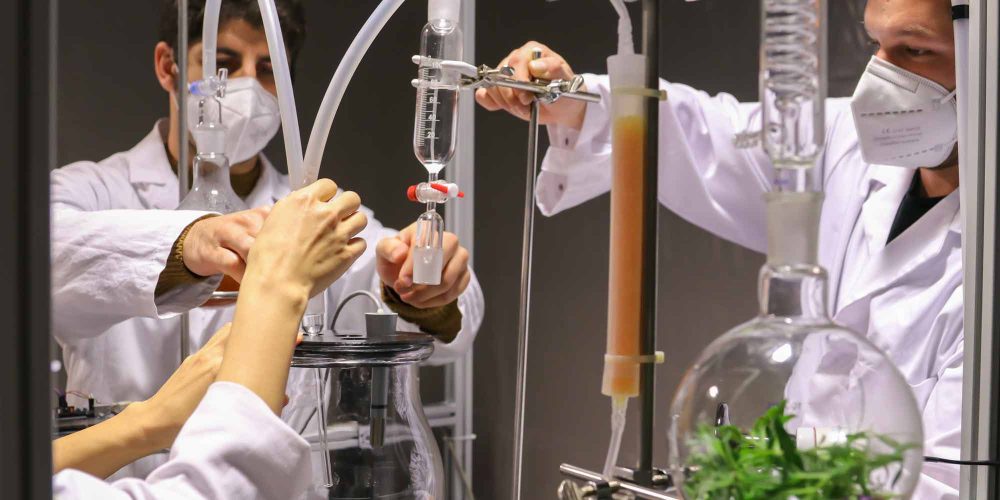
Creative collaboration with microscopic organisms
A chemical reaction chamber allows researchers in the second phase of the Bio Ink experiment to interact with living artworks as they grow.
-
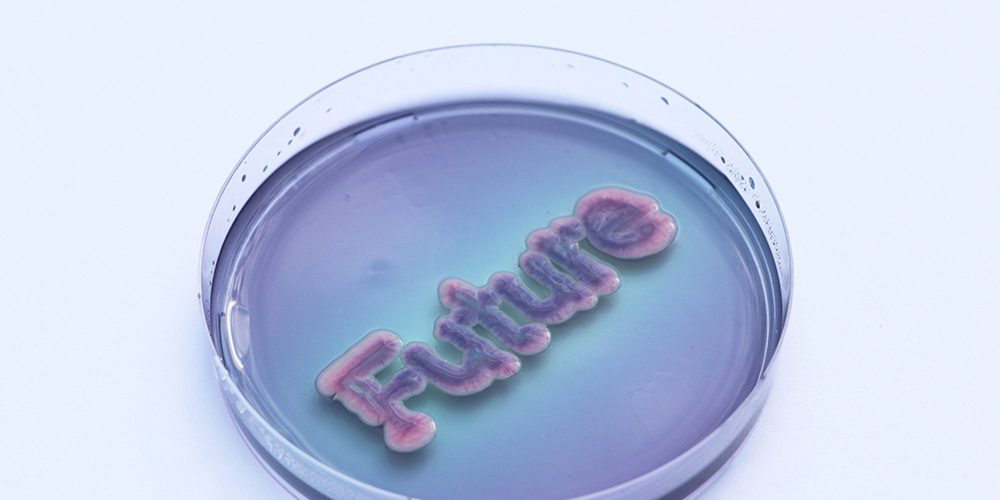
Bio Ink – Co-Creation with nature
Co-creating artworks together with microscopic organisms has an impact on how we perceive the world, the way we live, and what it means to be alive.
-

A Picnic for a positive future
The “School of the Future -OPEN STUDIO-” in Tokyo Midtown invites visitors to the spacious garden of Tokyo Midtown for a “Future Picnic” in the greenery to reunite the people of the metropolis with themselves and nature after a year of distance.
-

Where science meets society
Deck 50 at the Vienna Museum of Natural History: In a world facing great challenges, we should all understand that science affects the whole of society — and it has to motivate people.
-
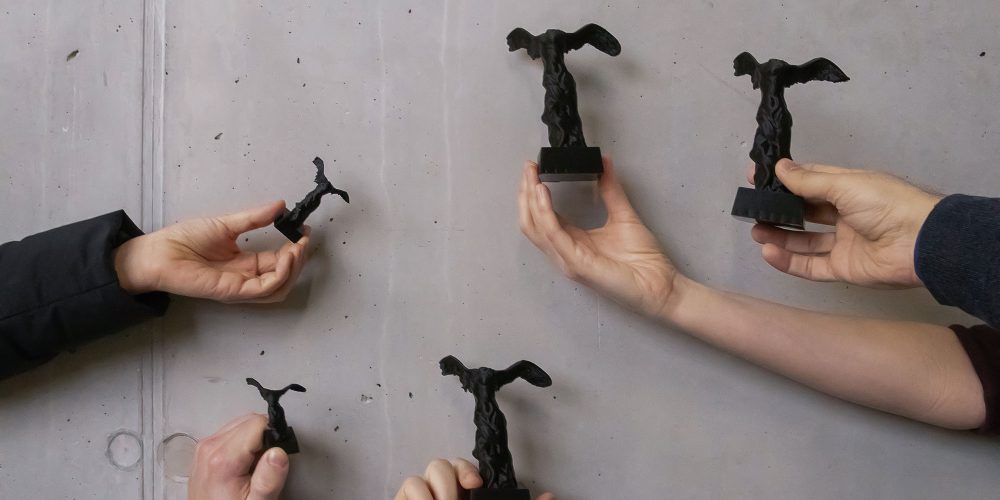
Ideas for the Future
Our world is in flux and no one knows exactly where it’s headed. But one thing is certain: In times like these, with the future coming at us at top speed, what we really need are good ideas.
-

When, if not now?
Some people think the future is written in the stars. Others go to Ars Electronica. “Activism”, especially in the digital area, is a red-hot topic and therefore of course represented at the Ars Electronica Festival.
-
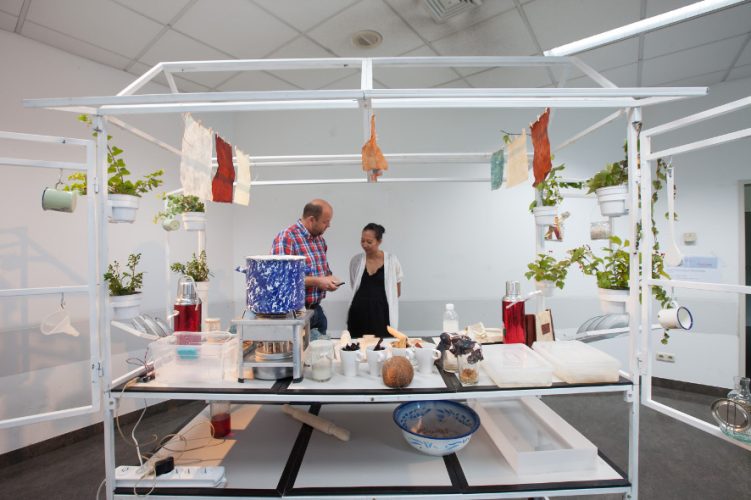
SOYA C(O)U(L)TURE – Useful Things arise out of Waste
The winners of the [the next idea] Art and Technology Grant voestalpine 2015 is XXLab with their project SOYA C(O)U(L)TURE. Their ambitious goal is to combat water pollution and poverty in Indonesia.
-
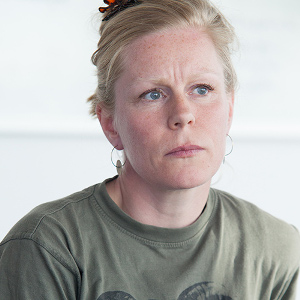
“I love when the idea takes me by surprise”
Rikke Frisk, one of the Prix Ars Electronica jurors who’ll be selecting this year’s recipient of [the next idea] voestalpine Art and Technology Grant, talks about how she draws inspiration and why it’s so important to travel when you’re in search of solutions.
-
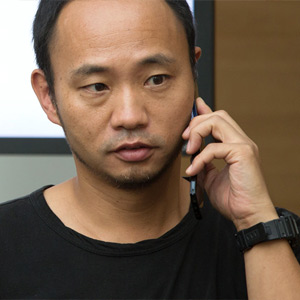
First the Question, then the Answer
Kazuhiko Washio, creative director and producer at the Hakuhodo ad agency in Japan and a 2015 Prix Ars Electronica juror, is absolutely certain that before beginning to seek the right answers, we must first pose the right questions.
-
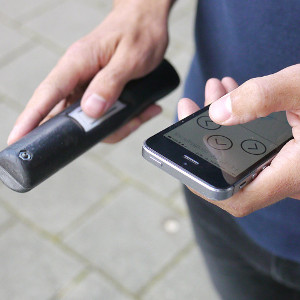
An open initiative for independent mobility
After the residency at Ars Electronica Futurelab the conept of BlindMaps, the winner of this year’s [the next idea] voestalpine Art and Technology Grant, changed in 180° degrees. Although the ideology behind it is still the same.
-
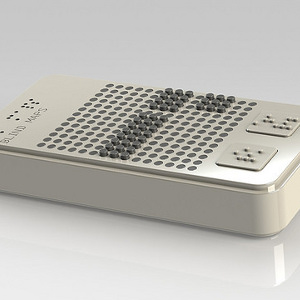
BlindMaps: City Navigation for visually impaired People
In an interview Markus Schmeiduch, winner of the category [the next idea] voestalpine Art and Technology Grant of the Prix Ars Electronica 2014, talks with us how BlindMaps came into being and why submission for Prix Ars Electronica prize consideration was the next logical step for him.
-

Has technology become too intrusive?
As a juror in search of [the next idea], futurist Alexander Mankowsky is right on his home turf. What he’s been particularly struck by are artistic reflections on and social criticism of how we deal with technology. Is it high time to shift gears?
-
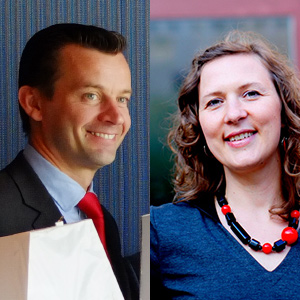
Exciting, Inspiring Ideas
A grant designed to foster the development of innovative ideas with great future promise—the competition to select this year’s recipient of „[the next idea] voestalpine Art and Technology Grant“ is one of the 2014 Prix Ars Electronica’s six categories. An interview with cultural producer Ela Kagel and Gerhard Kürner, director of corporate communications.
-

HORTUS
Terms like urban farming or urban gardening have been around already for a while. The artists from Ecologicstudio take up these trends, but transform them radically, and go beyond the known practices through the creation of a self-sustaining cyber-gardening system.
-
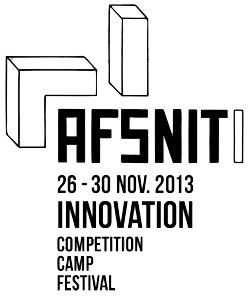
Afsnit I – Innovation Competition
From all over Europe Afsnit I invites creative entrepreneurs, social innovators, artists and inventors who are passionate about an idea and want to share it with the rest of the world. So in case you are currently working on a next idea, this would be an ideal opportunity to go public and also to win…
-
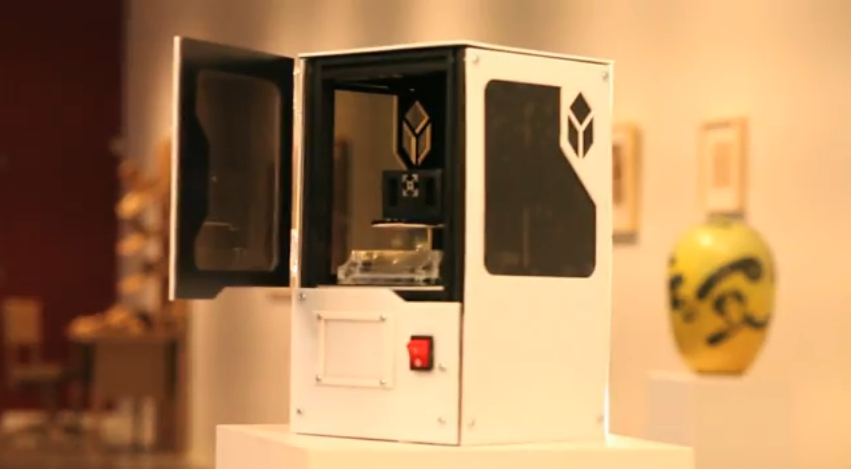
Open High Resolution Stereolithography, For Everyone
Stereolithography has been around for years. The art of taking uncured liquid resin and pulling out solid objects, while amazing, is not itself a new technology. In fact, its origin dates back to the seventies. Why then has such an amazing technology that has immense potential been so inaccessible to the general public? The team…
-
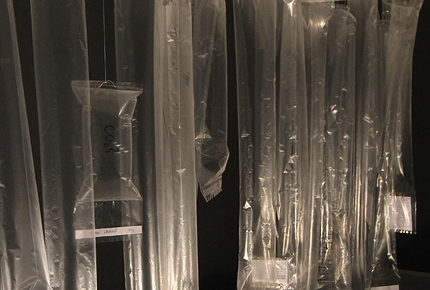
Air Project
How would a world look like in which air has become a scarce resource? The artists behind the Air Project have thought about this question and created an interesting installations that opens a new perspective….
-
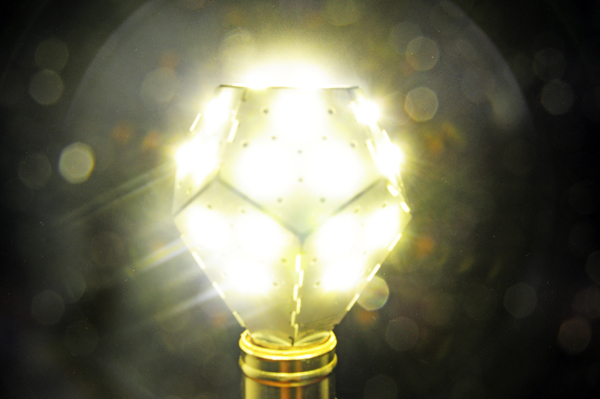
NanoLeaf
The at the moment most efficient light bulb in the world was unfortunately too far developed, to receive the [next idea] grant. But as it is an extraordinarily product, we still want to dedicate one blog post to this idea…
-
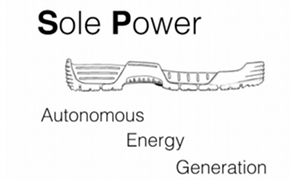
SolePower
SolePower employs the piezoelectric effect to generate electricity from the human kinetic energy. By capturing accessible human energy and transforming it into electricity, SolePower enables us to leverage the energy we expend everyday by using it to power our mobile devices.
-
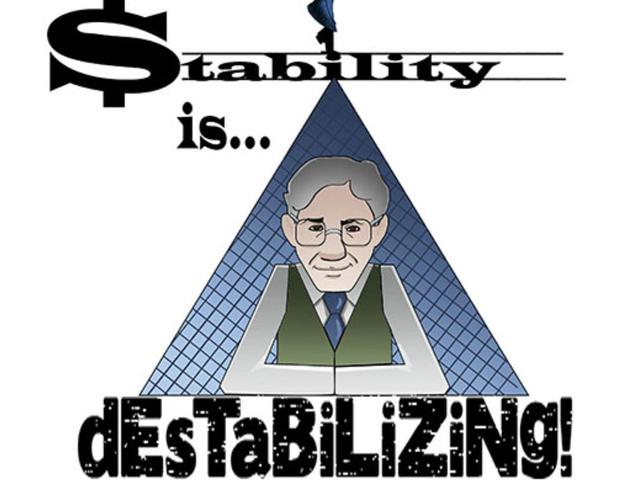
Minsky
Understand the economy as dynamic model and forsee the economy crisis at the same time? If you think that sounds to good to be true, have a look at Professor Steve Keen´s project, who is working on that at the very moment….
-
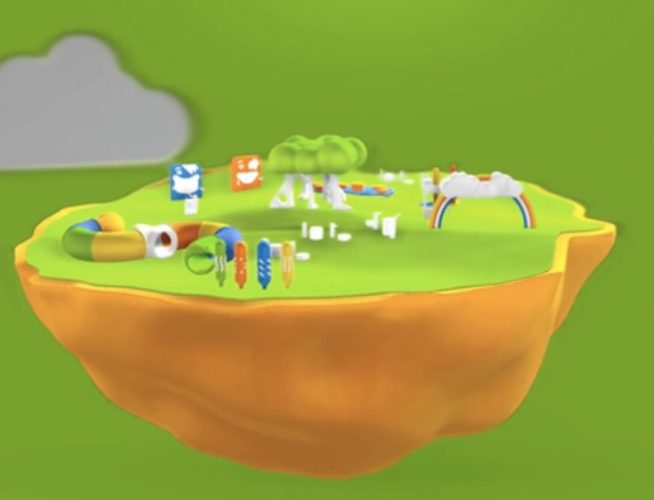
Zapland
How is it actually possible to teach Kids about complex and often even for adults hard to understand topics such as energy and sustainability? With their Zapland project the developers from Kitchen Budapest are currently working something that could change the way how we deal with this question.
-
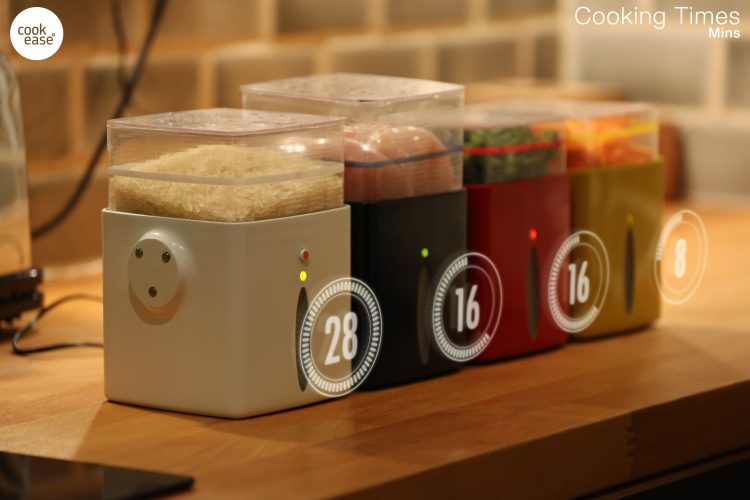
Cookease – Intelligent Cooking System
The Cookease system is a solution for our growing desires for healthy convenient food. The Cookease system is an intelligent and sophisticated system – rather than just measuring the time required to cook meals the conventional way, Cookease calculates the precise amount of steam and time required to cook a combination of ingredients in order…
-
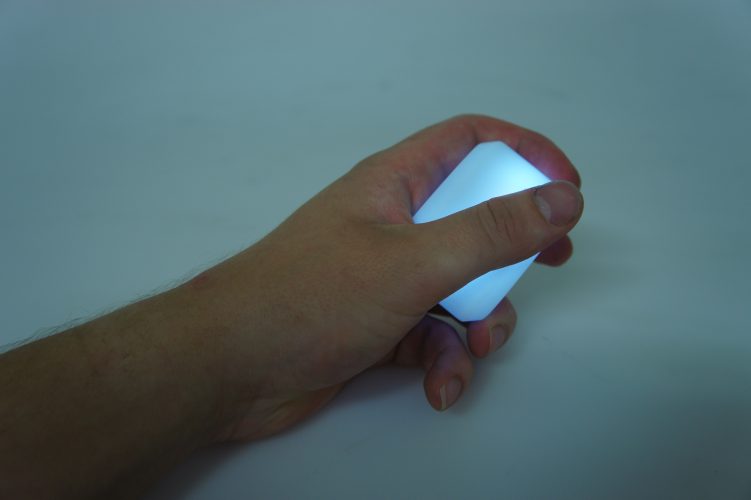
The Tokens
The young dutch designer Marco van Beers quite intensively investigated the field of illness and communication, and approaches this complex field from a socio – technological perspective. One output is a project called “The Tokens” which tries to improve the interaction between severely ill people and their social environment through non – verbal communication.
-
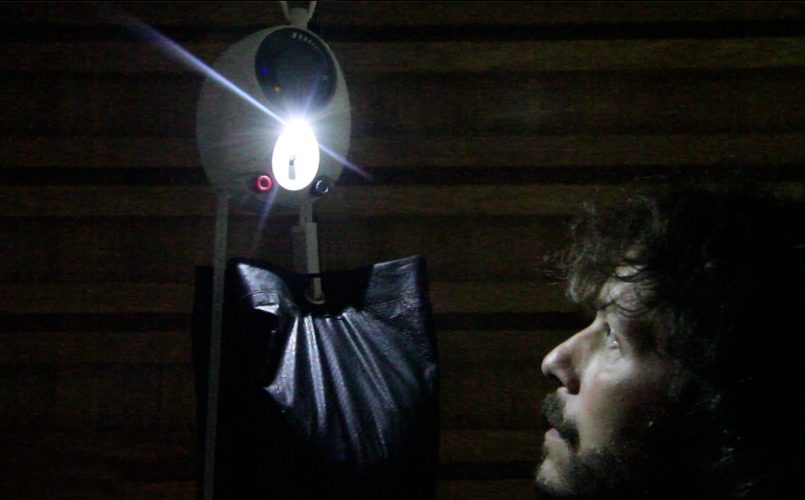
The honorary mention goes to: Gravity Light
Generate light and energy through the force of gravitation! This idea convinced the [next idea] jury and the project GravityLight got awarded a honorary mention. We congratulate and dedicate this blog entry to that brilliant project!
-

And the Winner is: Hyperform!
Congratulations to Marcelo Coelho and Skylar Tibbits from Fromlabs! With their project Hyperform they´ve won this years [the next idea] voestalpine Art and Technology Grant! You can find a detailed description of the project here.
-
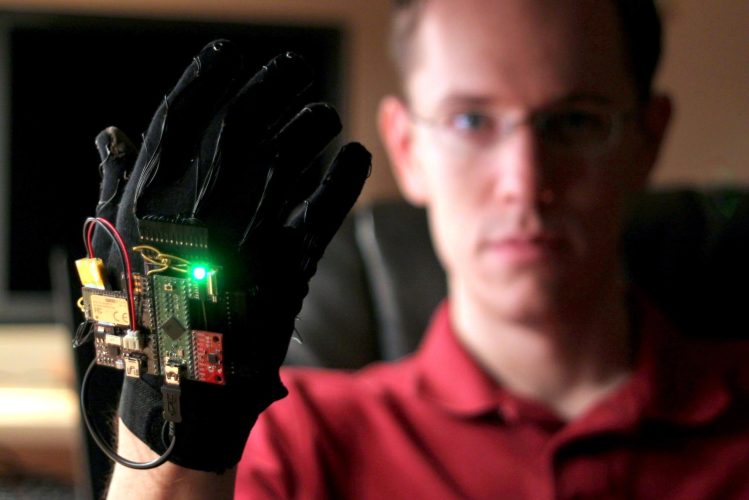
Keyglove
Like the Mobile Lorm Glove, the Keyglove is another smart glove based solution to enhance ways of communication, but in a slightly different context.
-
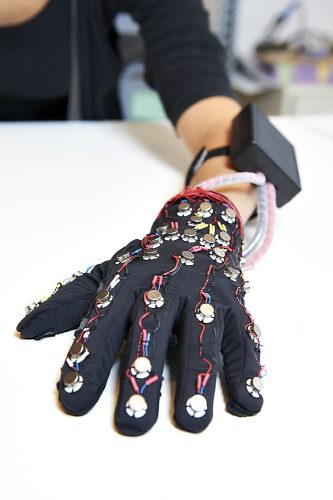
Mobile Lorm Glove
Marginalized communities like deaf-blind people are excluded from several forms of communication. The Design Research Lab in Berlin, has been developing the Mobile Lorm Glove, a mobile communication and translation device for the deaf-blind. The prototype translates the hand-touch alphabet “Lorm”, a common form of communication used by people with both hearing and vision impairment,…